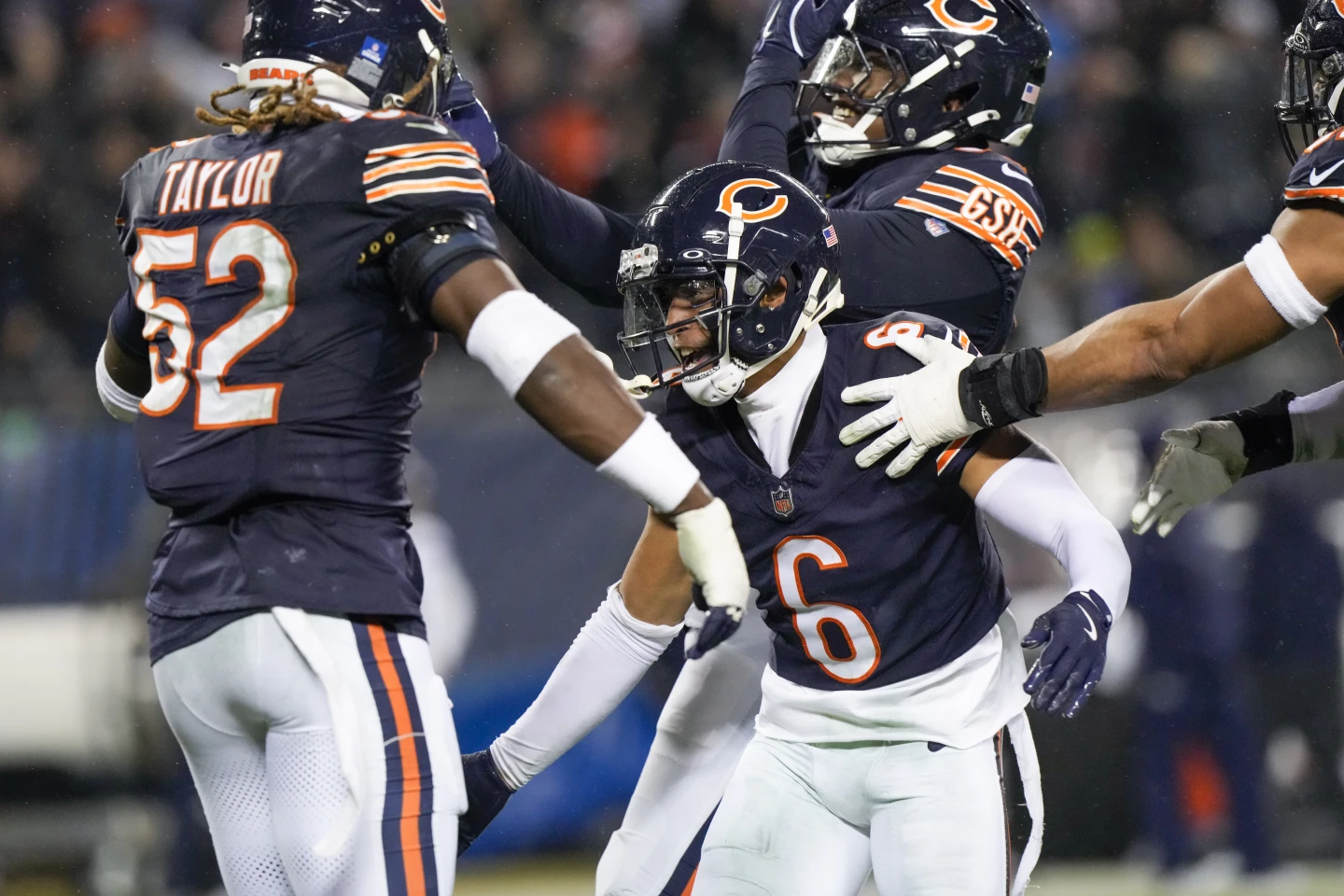Super Bowl Sunday is an important event for millions of Americans who gather to watch the NFL’s biggest game.
George Atallah is sure that this year’s Super Bowl, featuring the Atlanta Falcons and the New England Patriots, will be a fair one.
Atallah is the director of external affairs for the NFL Players Association (NFLPA), which represents pro football players. The NFL and the NFLPA work together under their collective bargaining agreement to decide the league’s drug-testing rules.
Players “want to know that the guy across from them is not cheating,” Atallah explained. When asked if the league and the union are doing everything they can to catch cheaters, he said the NFLPA is “proud of (its) drug policies.”
In the previous season, 19 players out of more than 1,600 in the NFL were suspended for breaking the league’s performance-enhancing drug (PED) rules, according to Sportrac, a site that tracks NFL player suspensions. The number is based on news reports, as the league and the players’ union do not make this information public.
Some former players have claimed that PEDs, like human growth hormone, testosterone, and even the ADHD drug Adderall, are commonly used. But Atallah isn’t sure how many NFL players are taking such drugs.
“I don’t know the answer,” he said. “Only the players in the locker room know.”
The ‘gold standard’ for drug testing
The testing methods used by the United States Anti-Doping Agency (USADA) and the World Anti-Doping Agency (WADA) are often considered the best available. The USADA was created to oversee the US Olympic team and also tests athletes in the Ultimate Fighting Championship (UFC), a professional mixed martial arts league.
In fact, UFC is the only professional league in the country that lets the USADA handle its testing. Other leagues, like Major League Baseball and the NFL, make their testing rules as part of negotiations between the players’ union and the league. Some critics say this process can sometimes prioritize the league’s interests over the players’ safety.
WADA has kept a list of banned PEDs since 1999. A substance is considered a PED if it meets two of three criteria: it can improve athletic performance, it poses a health risk, or it goes against the “spirit of the sport.”
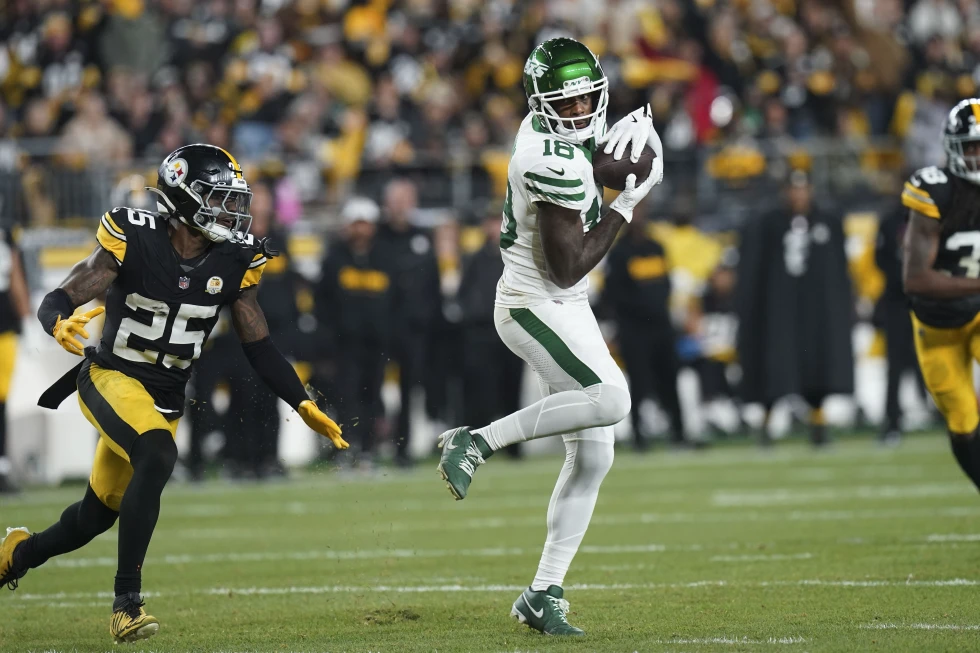
The UFC wanted its athletes to be tested under the most rigorous standards, which is why it chose USADA’s methods. According to USADA, testing happens year-round, both during and outside competition periods.
Under USADA rules, a UFC athlete can be tested at any time, anywhere — at home, at practice, or even at school. Once the doping control officer arrives, they stay with the athlete until the test sample is provided. This means the officer will follow the athlete, even into the bathroom, to ensure the sample is taken properly.
“This is the first time you guys are not waking me up at six in the morning,” UFC fighter Urijah Faber, 37, said to USADA doping control officer Gary Robbins after being tested at his gym in Sacramento, California.
Faber, who has been with the UFC for 13 years, has been tested by USADA 12 times. USADA has been handling all UFC drug testing since 2015. The UFC itself stays out of the testing process.
“We are required to keep our whereabouts known at all times,” Faber said. “If I wanted to jump on a plane and go to Mexico today, I’d have to let everybody know. I can still go. There (are) no requirements as far as where I’m gonna be … if they want to track me down and hang out in Acapulco or whatever.”
All UFC athletes – over 530, across nearly 40 countries – must follow the whereabouts program, which can be updated and tracked through an app. If a doping control officer shows up and the athlete is not at the given location, USADA will wait 60 minutes.
If another location is provided, they will wait another 60 minutes. If they can’t find the athlete, they will call and tell them to report for testing within 60 minutes. The officer may also arrange to meet the athlete at a different location.
USADA says most UFC athletes follow these rules well. While Olympic athletes have had several issues with failing to report their whereabouts, UFC athletes have not faced any penalties for this.
It was Jeff Novitzky, a former US federal agent who is now the vice president of athlete health and performance for the UFC, who played a big role in bringing together the UFC and the anti-doping organization a year and a half ago.
Novitzky became involved in anti-doping work in 2002 and became well-known for his investigation into BALCO Laboratories. The investigation involved several famous athletes, including baseball players Barry Bonds and Jason Giambi, and Olympic athlete Marion Jones, who were all connected to BALCO.
In 2008, Marion Jones, an Olympic track star, was sentenced to six months in prison for lying to federal prosecutors who were looking into the use of performance-enhancing drugs.
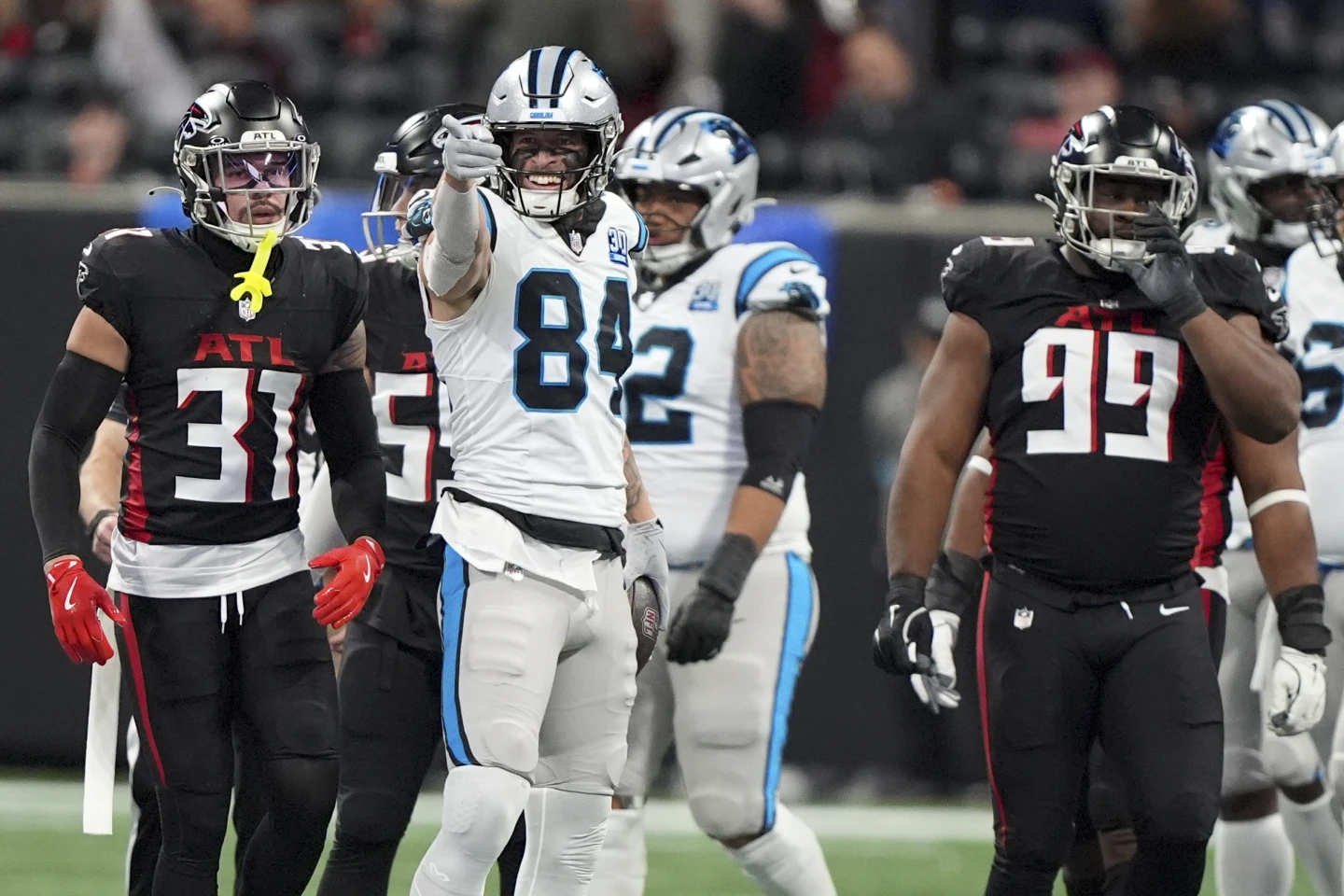
Novitzky believes that athletes dope because of a “risk-reward” calculation. “There (is) clearly a reward for a professional athlete to use these drugs. They make already gifted and great athletes even better. They make them bigger, faster, stronger, and increase endurance.
When you couple that with financial incentives in professional sports today, an already great athlete using performance-enhancing drugs can be even greater and make even more money than they make,” he explained.
“When athletes decide to dope, they are also weighing the risk of getting caught,” Novitzky said. “Most of them think about how likely it is they’ll get caught, how strong the anti-doping program is, and what kind of penalty they’ll face if caught. If the penalty is minor and not financially severe, many athletes feel the risk is worth it.”
However, Atallah, who has been the director of external affairs for the NFLPA since 2009, strongly disagrees. He said, “The average career of an NFL player is just over three years.
If you get suspended for a performance-enhancing drug, the penalty (for a first-time offender) is four games. In that four games somebody else is fighting to take your job.”
He added, “So I disagree with the premise that there’s no risk or that the reward is greater than the risk for a professional football player to cheat. You’re cutting a significant percentage of your career and potentially life earnings if you get caught doping in the NFL. That’s not a small risk.”
Novitzky’s goal is simple. He wants to keep athletes safe because he has seen the harmful effects of these drugs, even leading to death.
“Tragically in my investigations, I saw a couple of instances of young kids who got on these powerful hormonal substances. It affected their physical well-being and their mental well-being. I’ve seen liver transplants,” he said. “When you take someone who is not knowledgeable … the results can be very detrimental.”
Using performance-enhancing drugs (PEDs) not only affects health but also changes the fairness of competition, especially in contact and combat sports.
Faber, who is now retired from the UFC, understands this from his own experience.
“You’re trying to mess someone up, so if somebody has something that’s illegal, it’s like drinking and driving or pulling the trigger on a gun, I would think,” he said.
“In my opinion, you’re changing the weapon and not using the rules, and if somebody’s life was taken or some physical damage would happen above and beyond the ordinary, you gotta look at that.”
Atallah believes safety is important but also thinks it’s essential to respect NFL players’ rights to be tested fairly.
“It’s odd to me that the anti-doping community is so fixated on labeling athletes and treating athletes as if it’s a forgone conclusion that they are going to cheat,” he said.
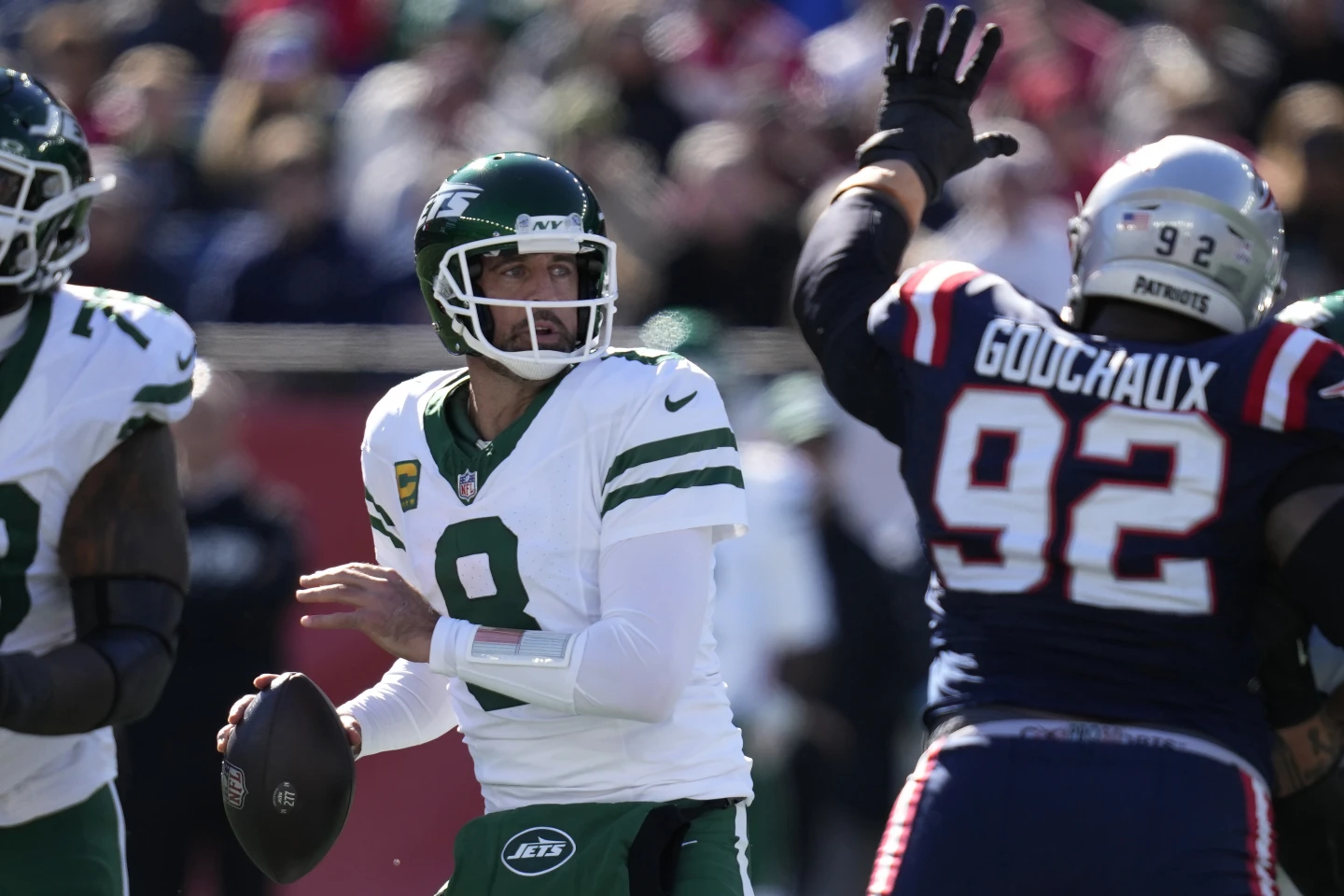
“The real issue is what you are doing (in the) anti-doping community to provide athletes with a fair due process, a recourse or a system that gives the athletes the rights to challenge any nefarious positive test.”
The UFC claims that year-round testing makes its sport safer.
“It is, without a doubt, a safer sport,” said Faber. “Within training, within a fight situation … your body is made for certain levels of torque and certain levels of explosiveness and power. So by keeping the joints where they’re supposed to be and everything attached, I’m sure that injuries will be lessened.”
Faber used to share his drug test results on Twitter. Novitzky encourages other athletes to follow this example and use “peer pressure” to gain the public’s support.
Testing policies for PEDs are not the same everywhere
The UFC wants its testing system to be the best in all professional sports, which is why it works with USADA. This means following USADA’s testing rules, which include testing all year round, just like Olympic athletes.
Other US professional sports leagues that involve hard physical impacts, like the NFL, do not have the same level of transparency as the UFC. Even their testing rules are not made public.
The NFL has a less strict policy. Every week during the season, the NFLPA randomly picks 10 players from each team to be tested. Blood tests are not allowed on game days, and a player cannot be asked for more than six blood tests each year.
If NFL tests are done at a training facility or stadium, players have up to three hours to provide their sample once they are notified. If the sample is collected at their home, the player must arrange a time to give the sample within 24 hours.
In the UFC, the doping control officer watches the athlete from the moment they are notified until the sample is collected, including watching them use the bathroom if necessary. This is not the case in the NFL.
“To suggest that we need to add additional layers of voyeurism to what is already an invasive testing protocol is not necessarily going to make it more effective,” said Atallah.
But Novitzky believes these testing rules have weaknesses.
“There should never be any limitations, in my experience,” he said. “When 10 players have been tested from the team, they know nobody else is going to be tested that week. So that’s an issue.”
He also sees a problem with the time allowed before testing. “My experience in this world has shown me if you give athletes even a matter of hours of preparing for a test, there (are) things that can be done to manipulate their body to pass a test.”
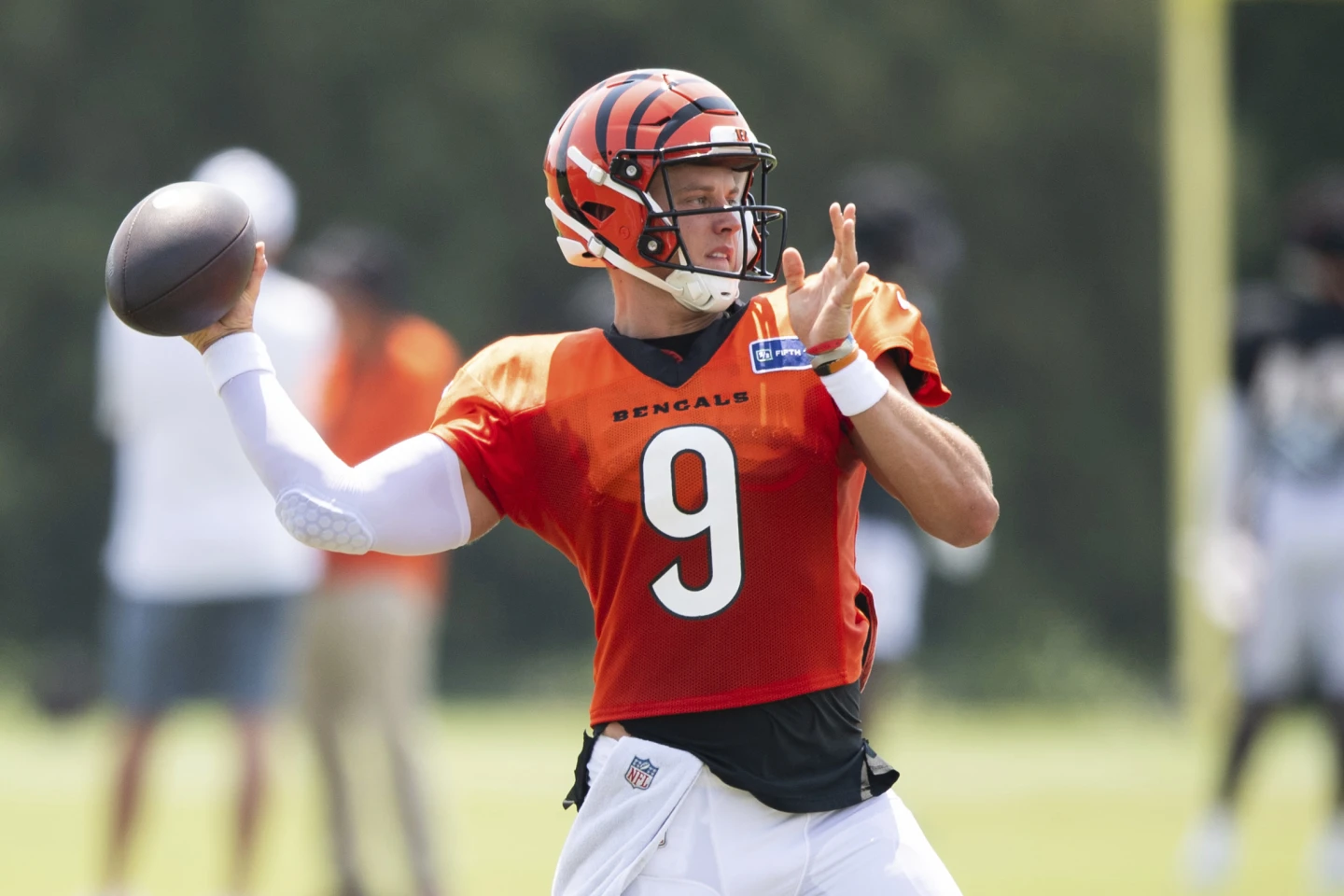
“The amount of blood required for (a PED) test is miniscule, it’s literally two tablespoons,” Novitzky explained. “Science has shown that the body will regenerate that small amount in a few hours. Because of that, there’s no restriction on UFC athletes regarding when their blood can be taken,” including before or after a fight.
These differences between the UFC and the NFL create “small loopholes that you can drive a semi-tractor through,” said Novitzky.
Testing for HGH
Why is it important to have a blood test? It’s the best way to check for human growth hormone (HGH), which is one of the most common performance-enhancing drugs (PEDs).
“Athletes have told me anecdotally that they can work out super hard late at night and wake up feeling like a teenager the next day,” said Novitzky, explaining the benefit HGH gives.
HGH has been used since the 1970s, but the NFL began testing for it in 2014. Since then, the league has not found any positive results. However, that doesn’t mean players aren’t using it.
The NFL uses an isoform test that can detect synthetic HGH, but this test can only detect it for 24 to 48 hours after use. So, if a player is notified to take a test at home, they might have up to 24 hours before they have to give a sample. On the other hand, USADA, which works with the UFC, uses a more accurate bio marker test that can find HGH weeks after it’s used.
“I think the (NFLPA) would be open to hearing from the league” about bio marker testing, said Atallah.
USADA also creates a “biological passport” for each athlete by collecting test results over time. This profile helps track any changes in an athlete’s body. The NFL keeps specimens for only 90 days, but USADA keeps them for 10 years, allowing for more accurate testing later.
Why some sports may oppose stricter testing
One reason other sports leagues may resist the strict testing model of USADA is the fear that it could harm a team’s success.
The UFC wants to prove to other leagues that they can have a top-level anti-doping program and still run a successful business, according to Novitzky.
“You’re gonna see some bumps and bruises early on. You’re gonna see some big-name athletes falling by the wayside. But, eventually, over time, if you do it properly (and) gradually like we did, you’ll see similar results as we’ve seen,” he said.
In July, the UFC had to cancel a fight just days before the UFC 200 event, which featured some of its biggest stars. The USADA informed them that Jon Jones, a former light heavyweight champion, had tested positive, so he was pulled from the fight.
“I’ll tell you, athletes really looked at that and woke up and said, ‘Wow, they’re not kidding around. It doesn’t matter who you are,’ ” said Novitzky.
However, the NFLPA does not seem interested in following the UFC’s strict year-round testing.
“We would never agree to a protocol that … has a GPS-tracking” standard, said Atallah. The NFL has different rules for testing during the season and off-season, and it uses different testing methods for each.
